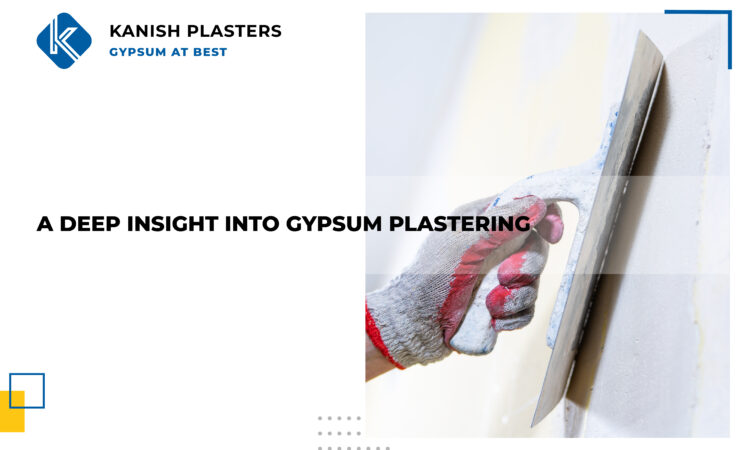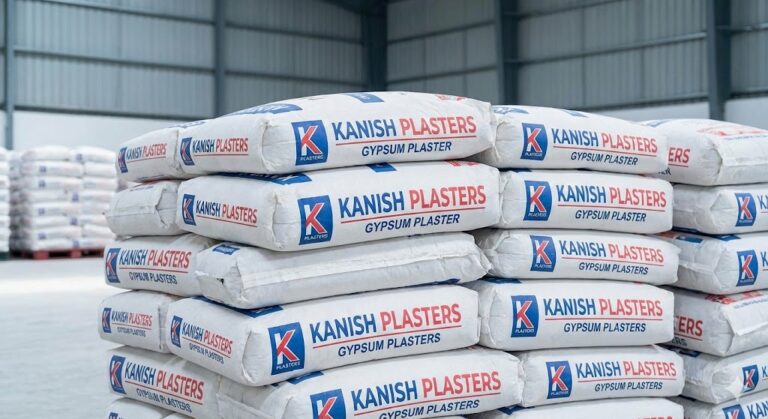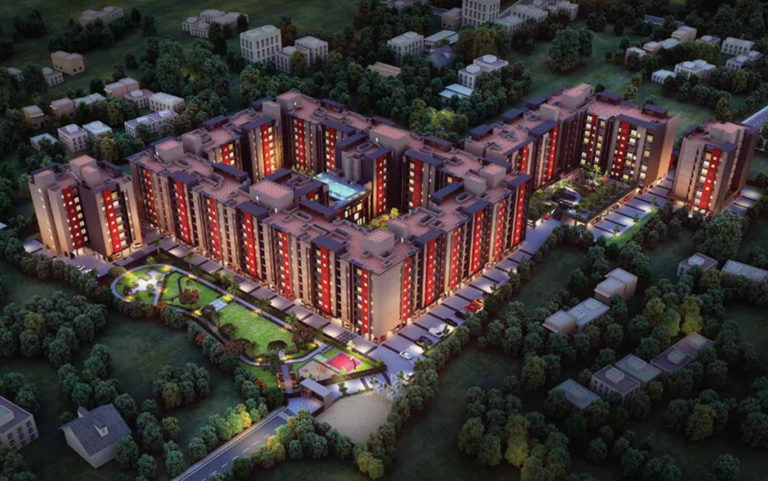Gypsum plastering is known to be an eco-friendly substitute to the traditional approach of sand-cement application done for the purpose of plastering of inner surfaces. It is also a speedy method of application, as it does not necessitate the water curing procedure which is time consuming. About 20-21 days following sand-cement plastering, the water curing process is necessary to minimise shrinkage cracks caused due to the heat.
Gypsum is a mineral composed of the material Calcium sulphate and water. The name of the chemical compound is calcium sulfate dihydrate (CaSO4·2H2O). Gypsum has a chalk-like texture and is lightweight. It is crystalline in its initial state identified in nature and achieves a chalk-like essence after being prepared for use. It preserves its initial crystalline state when combined with water.
Usage of Gypsum
Gypsum can be used for every building style be it residential or non- residential, renovation or construction. Gypsum can be used in making various beautiful modern styles structures and basic everyday products and procedures.
Usage of gypsum in buildings are mentioned below:
-
Plasterboard
Plasterboard is used to build dividers and the lining of walls, roofs, ceiling, and floors. Ceiling gypsum boards are most popularly used for creating false ceilings due to their many advantages, mainly its heat resistant property.
Plasterboard can also be customised to fulfil particular specifications, is incombustible, and can withstand shocks and moisture. A key component in modern plasterboard is gypsum.
-
Fiberboard
A gypsum fibre board is a fortified material composed of gypsum and cellulose fibres. Excluding external applications, gypsum fibre boards can be used in all places of drywall and wood construction for the purpose of panelling and lining of walls, , ceilings, flooring and vaulted ceilings.
-
Decorative plaster
The combination of dehydrated plaster powder and water is used to lining bricks & ceilings, block walls and gorgeous decorations. Plaster of Paris, made out of dry Gypsum powder, has been used by artists and artisans for hundreds of years to create decorative moldings, sculptors, and models. Gypsum is an all-round material which has been recognized as a plaster only a few years ago. Although it has multiple uses in modern interior design, interior design is an art where technology and creativity go hand in hand.
-
Plaster block
Gypsum blocks are often used for indoor partitions and gypsum tiles for ceilings. Gypsum blocks are quick and simple to install. To be precise, they are utilised for walls which require a high degree of passive fire safety.
-
Gypsum-focused screed
Anhydrite is a white mineral that can be converted to gypsum and used to surface the floors when combined with water. Such “self-leveling floor screeds” based on gypsum offer a faster way to mount flat finished surfaces.
Applications of Gypsum
There are numerous applications of gypsum;
It has several other uses along with the construction materials and cemented raw materials namely rubber, plastic, pesticides , fertilisers, food items, medicines, items for art and craft purposes, textiles, sulphuric acid, wall paint, etc. Gypsum is further categorised into two kinds such as raw gypsum and POP( Plaster of Paris). Upon heating of the super fine raw gypsum powder at a temperature of 100 degree Celsius (373 K) and predetermined water mix, it converts into plaster of paris ( POP). Additionally, when it is mixed with water the POP solidifies. This is known as the process of fixation of damaged extremities, mould, hardware and so on.
Advantages of Gypsum Plastering
-
Gypsum is non-combustible and composed of crystal water. These extensive qualities are used in building components that prevent a fire from spreading for up to 4 hours.
-
Gypsum delivers protection against sound. A sound barrier between rooms and spaces is provided by gypsum acoustic boards, used as part of insulation materials.
-
There is poor thermal conductivity in gypsum. When used with insulation materials for walls and linings, it can retain heat in rooms and buildings. The air gap between the original ceiling and ceiling gypsum board cools the room down. It helps to confine the cold air within the room with its insulation attribute.
-
The impact resistance of areas that require solid walls, such as classrooms, public buildings, and hospital halls, can be strengthened by gypsum.
-
It’s easy to mount and disassemble gypsum. One can recycle it into new gypsum items at the end of use.
-
Usage of gypsum plaster saves a lot of time as it dries really quickly and the painting work can be resumed within 72 hours following plastering.
-
The density of gypsum plaster is 700 kg/m3, 50 % lower than regular sand cement plaster, which is 1860 kg/m3. Therefore, by using gypsum plaster for walls plastering the structural load of the building can be significantly reduced.
Gypsum plaster is a ready-made plaster which is made by mixing dry gypsum powder with water. It is white and the form of a powder. For wall and ceiling plastering, the thickness varies, it may be about 11 millimetres for the wall while the ceiling’s thickness is only around 8 millimetres.
To get various kinds of plasters, gypsum plaster is also heated at particular temperatures. It does not necessitate punning or any particular procedure to obtain smoothness on the surface. Thus, saving time and money. Additionally, it does not expand or compress with time; there is also no shrinkage.
Have clients who are looking for the best way of simplifying construction? Gypsum Plastering is the most secure and long-lasting technique in the world of wall plastering. We Kanish Plasters, are one of India’s finest gypsum wall plastering companies, providing customers with confidence, comfort, partnership, and money benefits, accompanied by excellent quality material and customer satisfaction.
Visit our website or contact us today to learn more!



